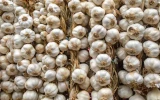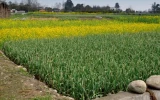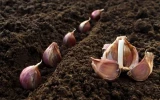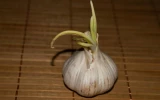When to Harvest Elephant Garlic (And When Not To)
Navigating the growth cycle of elephant garlic requires a keen eye and patience, as the timing of the harvest significantly impacts both the flavor and longevity of these oversized bulbs. Look for subtle signs in the plant's foliage to determine the perfect moment to unearth these culinary treasures. In this article, we will delve into the specifics of growing and harvesting elephant garlic, to help you recognize the optimal time to harvest for the best quality.
Elephant garlic is best harvested when the leaves begin to yellow and fall over, typically in late spring or early summer. Avoid harvesting too early, as bulbs may not have fully developed. It's crucial to wait until about one-third of the leaves have yellowed for optimal maturity.
However, waiting too long can also have its consequences as the bulbs may split open, making them difficult to store and prone to diseases. Let's further explore how to know when not to harvest your elephant garlic to avoid compromising the quality of your bulbs.
Summary
- The maturity of elephant garlic can be gauged through several indicators, including the yellowing and browning of leaves, the size and firmness of the bulbs, the development of a flower stalk, the texture of the skin becoming papery, and the definition of cloves.
- Harvesting too early can lead to underdeveloped cloves lacking in flavor, while harvesting too late can result in bulbs that are difficult to store and prone to diseases.
- Ideal conditions for harvesting include cool temperatures, low-to-moderate air circulation, and well-drained soil.
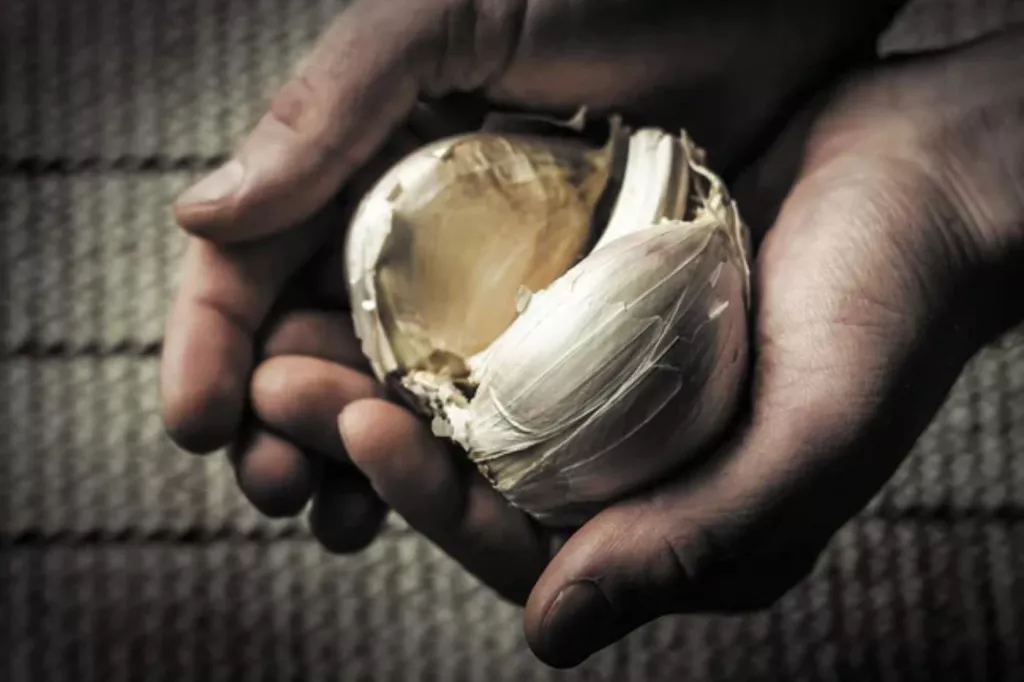
When Is My Elephant Garlic Ready to Harvest
To get the best flavor and storage life from your elephant garlic, knowing when to pick it is vital. It involves watching for key signs of maturity and understanding why timing matters for this flavorful vegetable.
Signs of maturity in elephant garlic
Below is a list of indicators that can help you determine the maturity of your elephant garlic:
1. Leaf yellowing and browning
The yellowing and wilting of the lower leaves or "scapes" are primary indicators of maturity. The progression to the bottom third of the leaves turning brown while the top remains green is a key sign.
Additionally, when over half of the leaves have turned brown, it's a strong indicator that the garlic is ready for harvest. However, be aware that the yellowing of leaves in garlic plants can also be an indicator of underlying issues.
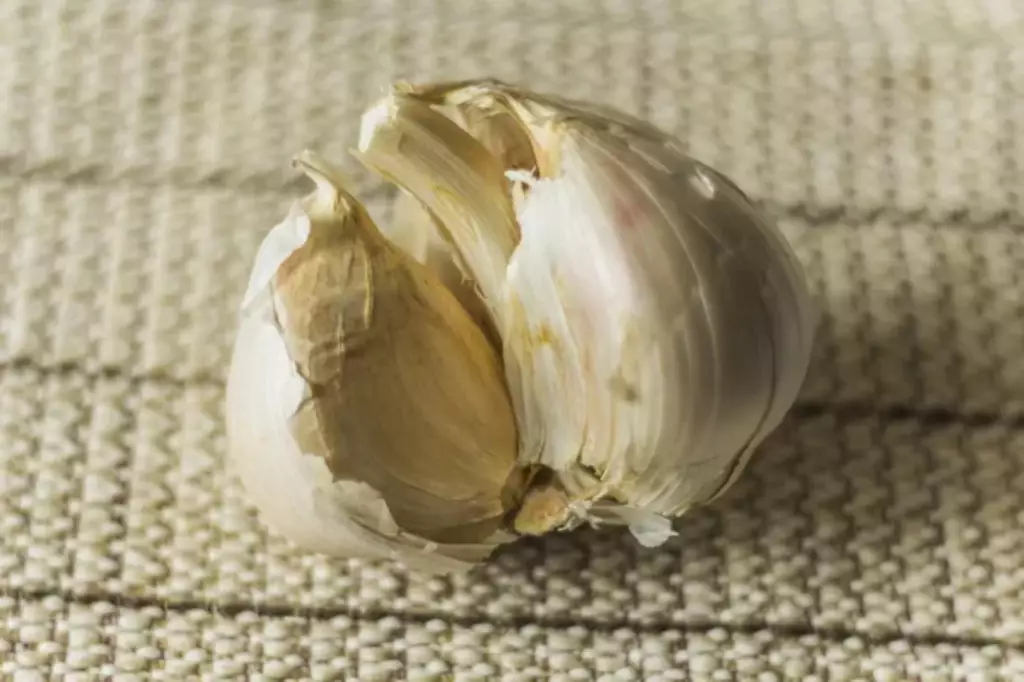
2. Bulb size and firmness
Check the size and firmness of the bulbs. Mature elephant garlic bulbs will be large, firm, and will have filled out the skin. Gently digging around the top of the bulb can give you an idea of its size without fully uprooting it.
3. Flower stalk development
In some cases, elephant garlic will send up a flower stalk. If a stalk develops, it is a sign that the garlic is nearing maturity.
Cutting off the flower stalk (scape) can help the plant redirect energy back into bulb growth. However, the appearance of a flower stalk isn't a primary indicator of readiness; it's more about redirecting the plant's energy to bulb development.
4. Skin texture and clove definition
The outer skin becoming papery and the cloves being well-defined are signs of maturity. Additionally, if the skin starts to crack, revealing the cloves inside, this indicates that the garlic is beyond its optimal harvest time but still viable for harvest.
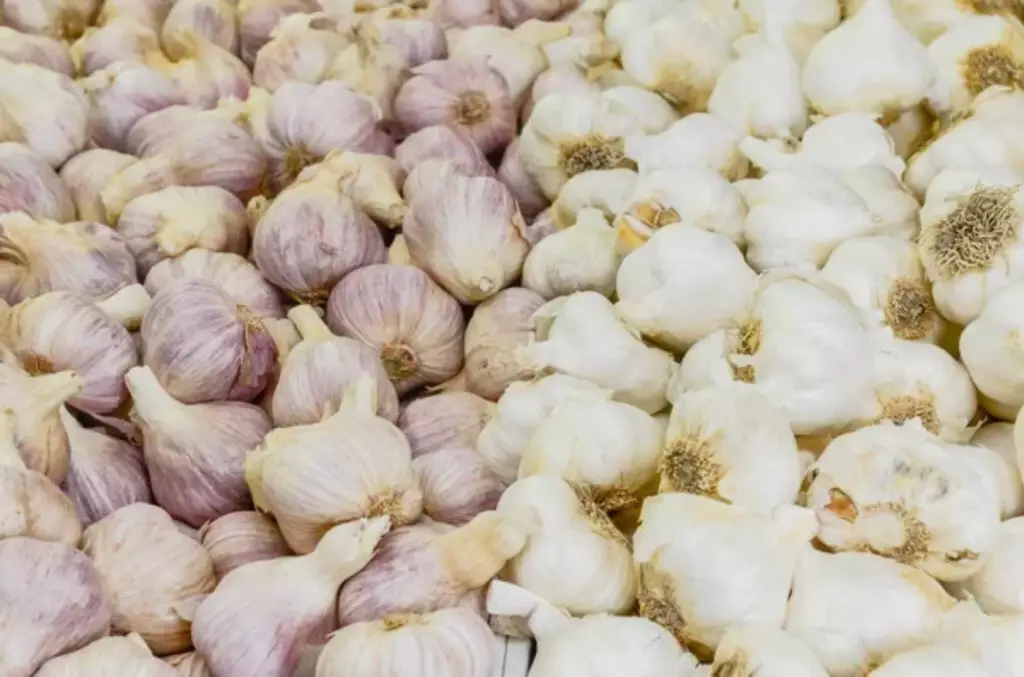
5. Checking the roots
Another method to check for maturity involves carefully uprooting a single bulb and examining its roots. If the roots are starting to degrade or appear less vigorous, this is an indication that the garlic has shifted its energy from root development to maturing the bulb, signaling readiness for harvest.
6. Weather conditions and growth duration
Taking into account the typical growth cycle (180-210 days) and local weather conditions can also guide your harvesting decision. Elephant garlic planted in the fall will often be ready in late spring to early summer, depending on your climate zone.
You can learn more about the life cycle of garlic in this article.
7. Soil condition
The ease with which the soil can be pulled away from the bulb without disturbing it too much can also be a subtle indicator. Mature garlic will have a bulb that's easier to expose, as the soil will be looser around it due to the bulb's full development.
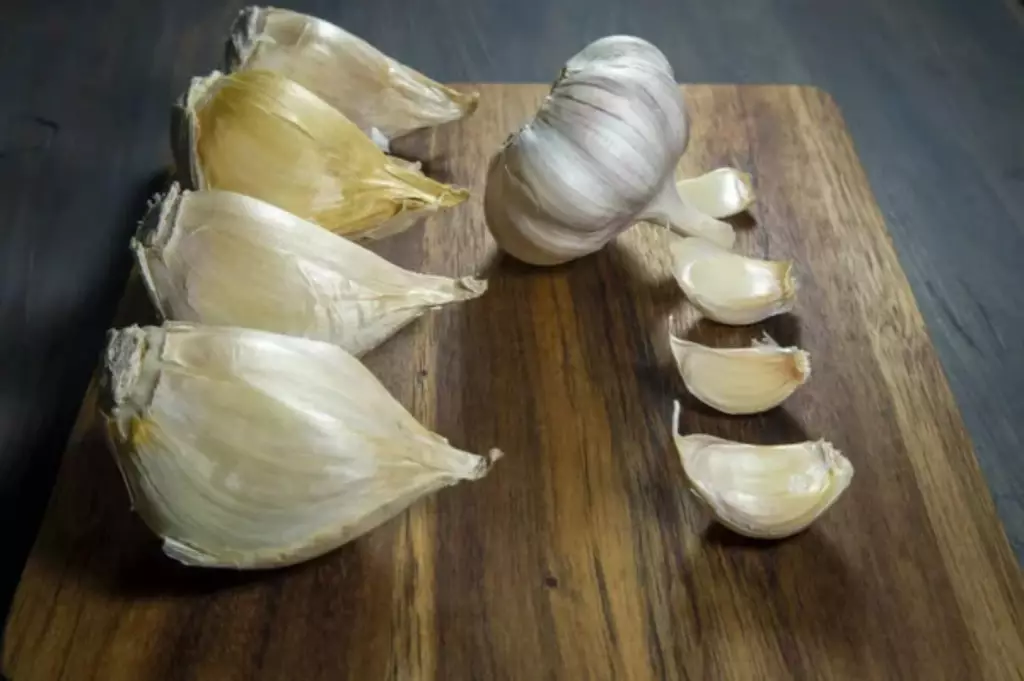
The importance of timing in harvesting
Harvesting your elephant garlic at the right time is crucial for both flavor and storage longevity. If you harvest too early, the cloves may be underdeveloped and lack that signature mild garlic flavor.
Wait too long, and the bulbs may split open, making them difficult to store and prone to diseases. Ideal harvesting conditions include cool temperatures, low-to-moderate-air circulation, and well-drained soil that lets you remove the bulbs without damage.
After harvesting, curing is essential, which involves drying the bulbs in a cool, dark spot to prepare them for storage. Properly cured garlic can be stored for several months, allowing you to enjoy the fruits of your labor well into the winter.
When Not to Harvest Elephant Garlic
Knowing when not to harvest your elephant garlic is crucial to avoid compromising the quality of your bulbs.
Common mistakes in the timing of harvest
Understanding when to refrain from harvesting elephant garlic is as important as knowing the optimal time for its harvest.
The intricate balance between premature and overdue harvesting impacts not just the immediate quality of your garlic bulbs, but also their storage lifespan and flavor profile. Here’s a deeper look into the nuances of timing your elephant garlic harvest correctly and what to avoid:
1. Premature harvesting
Harvesting elephant garlic before it has fully matured can lead to several problems. Immature bulbs are often smaller, with underdeveloped cloves that lack the full, rich flavor elephant garlic is known for.
These bulbs may also have a reduced storage life, as the protective layers that help in preservation are not fully formed. The most noticeable sign that your elephant garlic is not ready for harvest is the predominance of green in the foliage.
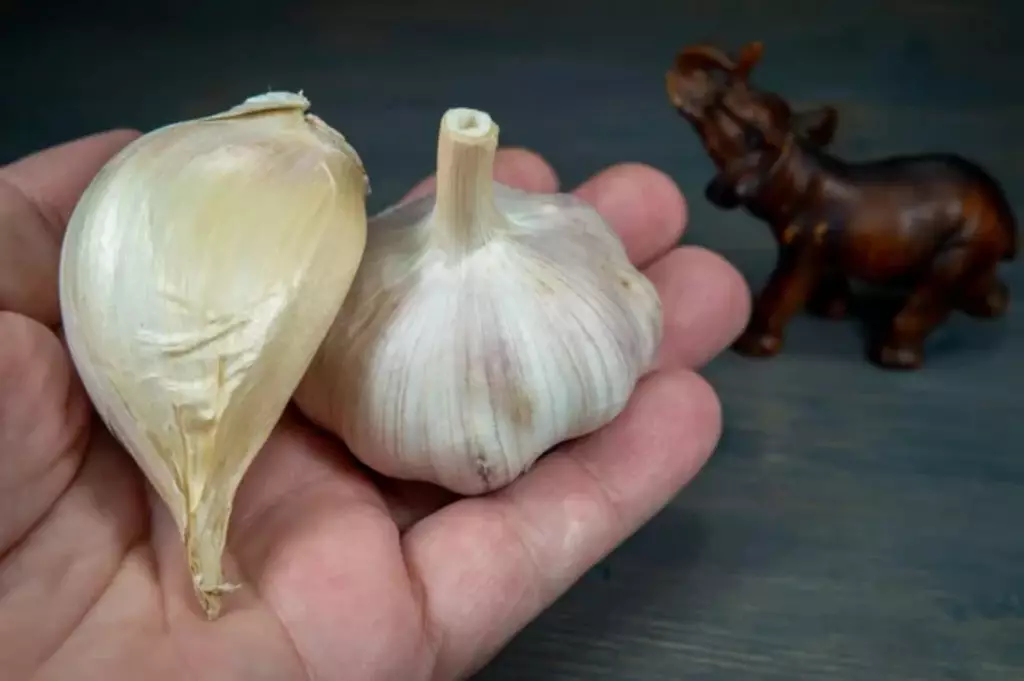
Healthy, vibrant green leaves indicate that the plant is still actively growing and the bulbs are not yet mature.
2. Delayed harvesting
On the flip side, harvesting too late can be equally detrimental. Over-matured bulbs often split or burst open in the ground, which exposes them to soil pathogens and pests, reducing their shelf life and quality.
Additionally, the cloves can begin to separate within the bulb, making them harder to store and more likely to spoil. An overripe bulb might also sprout while still in the ground, leading to a loss in flavor and texture.
How weather can affect harvesting decisions
Adverse weather can influence your decision on when to harvest elephant garlic. For instance, if there's prolonged rain in the forecast, harvesting too soon might cause the bulbs to rot due to the excess moisture.
On the flip side, an impending drought may hasten the need to harvest, but doing so in the middle of overly dry conditions can stress the plants, leading to a subpar end product. It's vital to assess the weather conditions and ensure the ground is moist but not waterlogged when deciding to harvest.
